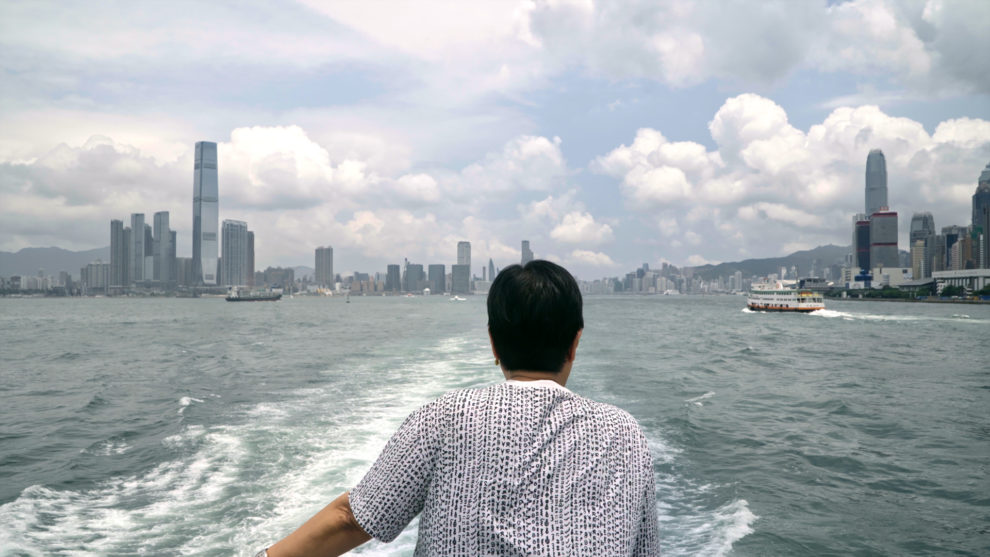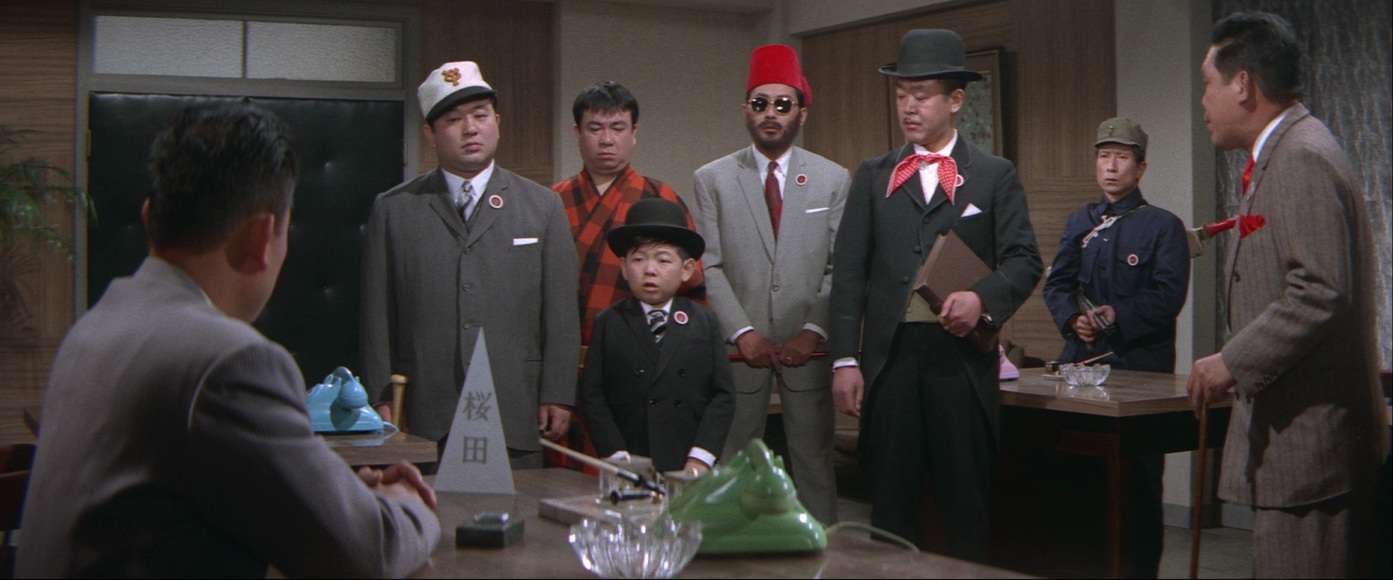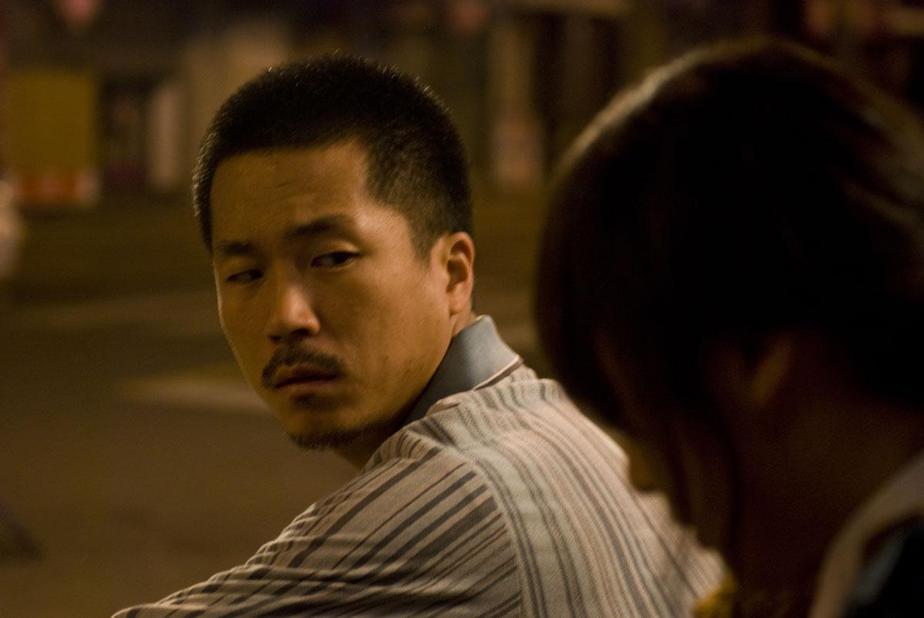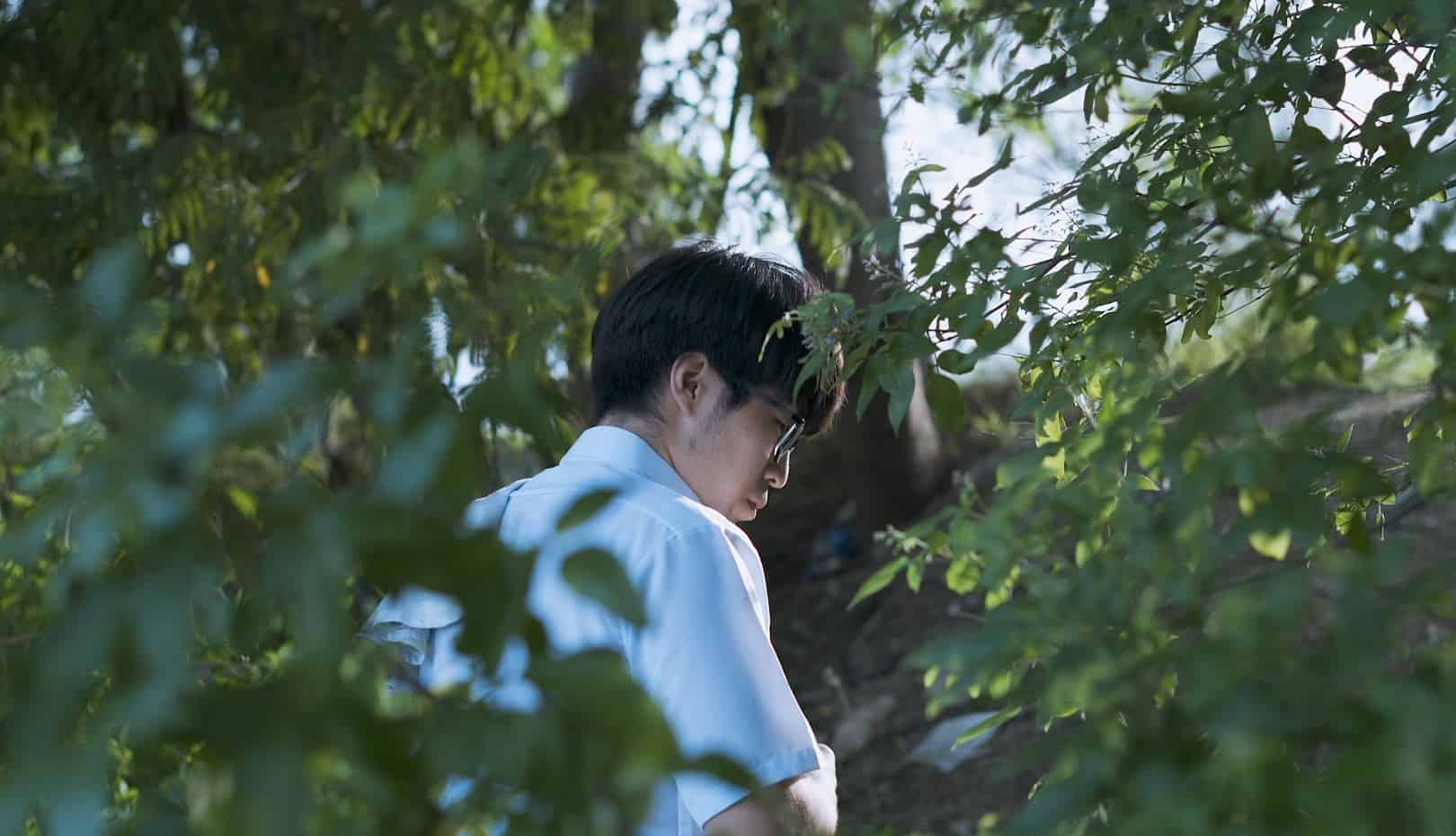The more years pass, the more I am getting convinced that reality can reach much further than the imagination, and the main reason for this concept is documentary filmmaking, with the stories we have witnessed lately (not only) being truly astonishing or remarkable or horrific, or all of the above combined. Furthermore, the rise of the mockumentary has given even more depth to the category, as much as an additional level of entertainment. Asian cinema in particular seems to thrive on both, as a region where life was never as “normal” as in the West, with the category, as a whole, including some of the best films we have seen during the last few years, 20 of which we include here.
Without further ado, here are the best Asian documentaries of 2020, in random order, and, as always, with a focus on diversity in style, directors, and country of origin. Some films may have premiered in 2020, but since they mostly circulated in 2021, we decided to include them.
1. Femininity (Mohsen Ostad Ali, Iran)
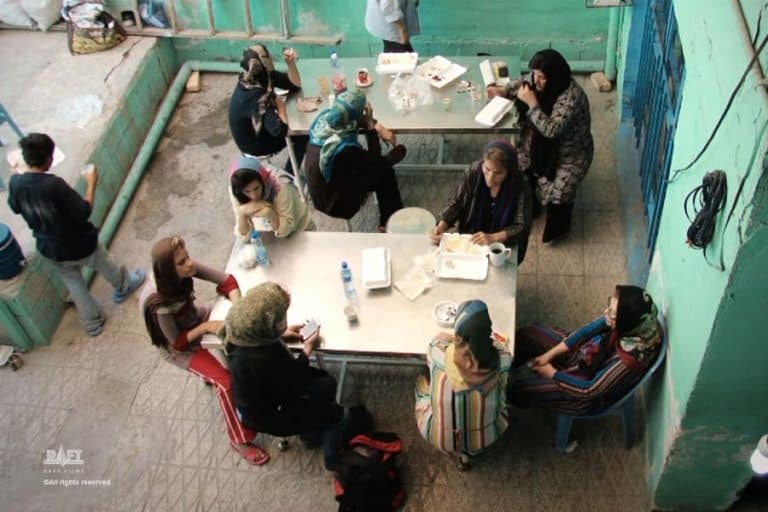
Listening to their stories is heartbreaking as it is shocking, as most of them have experienced drug abuse, imprisonment, domestic violence, prostitution, and are obviously suffering from mental issues, also having to do with their sexual identity, but most of all, with despair. As we listen to one saying, “All I want is a roof over my head and to be able to switch the light on and off”, it is rather difficult not to be touched by the lives of these women who live in the borders of a society that is bankrupt in ways more than the financial. (Panos Kotzathanasis)
2. Who is Lun*na Menoh? (Jeff Mizushima, Japan and USA)

The end result, which has been shot by 9 people and edited by 3, is as much a documentary as it is an art piece, in an approach that seems ideal in order to present both Lun*na and Mizushima. In conclusion, “Who is Lun*na Menoh?” is an impressive film that manages to be both informative and quite entertaining throughout its 81 minutes. (Panos Kotzathanasis)
3. Fanatic (Oh Se-yeon, S. Korea)

The concept of the pop idols and the impact they have on their fans has been examined repeatedly in cinema, particularly in Asian movies like “BNK48: Girls Don't Cry” and “Tokyo Idols”. The impact the phenomenon has on the fans, however, has been examined rather epidermically, with the films that focus on the concept as a whole essentially perceiving them as parts of a mass rather than individual entities. Oh Se-yeon, herself a fan, or ′seongdeok′ (successful fan) as is the term frequently used in Korea, attempts to reverse this notion, by focusing on a number of people with similar experiences with her. (Panos Kotzathanasis)

4. Transform! (Tomoya Ishida, Japan)

Documentaries about people with extreme moving disabilities are not exactly a norm in the industry, and even more, ones that are directed by people with these disabilities are even less, if any. Tomoya Ishida, himself strained on a wheelchair, made this film as his graduation project, after attending a video production seminar at Rikkyo University, focusing on the ways “disabled people change their bodies and minds by participating in artistic activities”. His production team consisted of three people, him as the director, Megumi Honda as the cinematographer and Riho Fujiwara who was in charge of sound. The three of them recorded about 100 hours of footage, with Ishida editing the material for about two years. The result was triumphant, as the film won the Grand Prize at PIA Film Festival. (Panos Kotzathanasis)
5. My name is Bai Sanming (Du Kangwei, China)
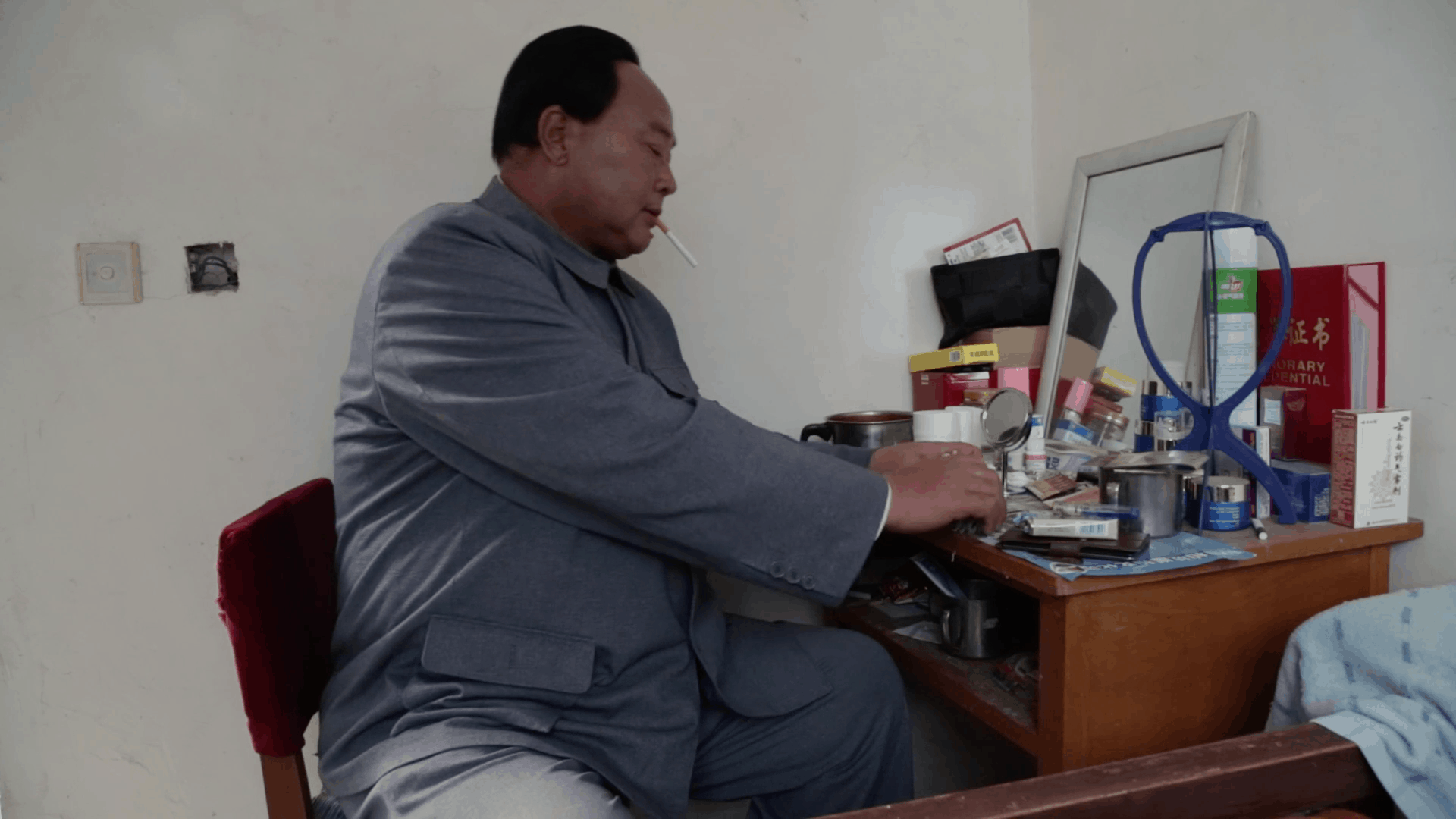
It would be very easy for the message of the film to fall into an extreme, showing Bai as a poor farmer who plays in a make believe, so he can feel powerful and rich for an hour or two or a schemer who does it only for money. Luckily, Du Kangwei manages to show his subject in a very nuanced way, shining a light on the contradictory aspects of his practice and beliefs. (Martin Lukanov)
6. The Blind Rabbit (Pallavi Paul, India)

“The Blind Rabbit” gives birth to a number of questions. Why does history repeats itself like that, particularly regarding state violence? Have we actually gotten used to state oppression to the point that we do not even notice it anymore? What can we do to change all that? In that regard, it succeeds fully as a documentary, while the various video and imaging techniques allow it to also be rather beautiful except for contextually significant. (Panos Kotzathanasis)
7. Keep Running (Geting Sun, China)

Essentially, “Keep Running” is a genuine drama/coming-of-age film, which shows, once more, that real-life stories can be much more imaginative and dramatic than fiction, as much as an ode to the youthful spirit that can overcome all obstacles, particularly under intense pressure. (Panos Kotzathanasis)
8. Lakshman-Rekha (Nandan Saxena and Kavita Bahl, India)
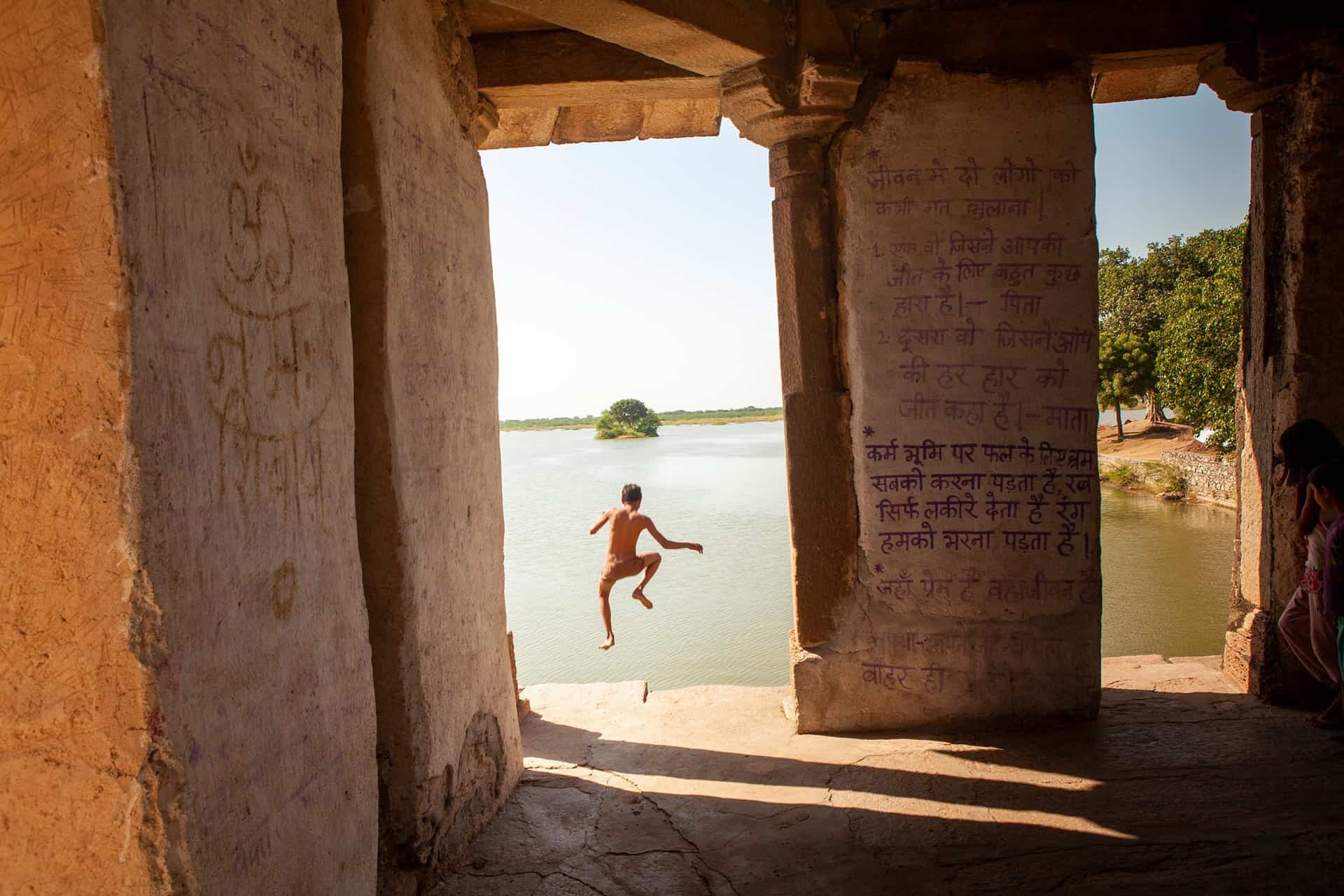
Nandan Saxena and Kavita Bahl present this genuine success story in a combination of Laxman's narration, footage from his continuous efforts to educate locals about the benefits of having ponds, and images of the transformed area with their own and Sanjay Malakar's cinematography capturing the latter with realism and artistry. The panoramic shots of the area and the intense zoom-ins in the fauna in particular, work exceptionally well in that regard, with the same applying to the antithesis with the images of New Delhi and other areas that have not adopted the plan and are still suffering from draught. In that regard, Saxena's editing also works quite well in the juxtaposition of the various elements of the narrative, although a bit more trimming, particularly in the singing and various people talking about their issues, would definitely benefit the movie. (Panos Kotzathanasis)
9. Writing with Fire (Rintu Thomas and Sushmit Ghosh, India)
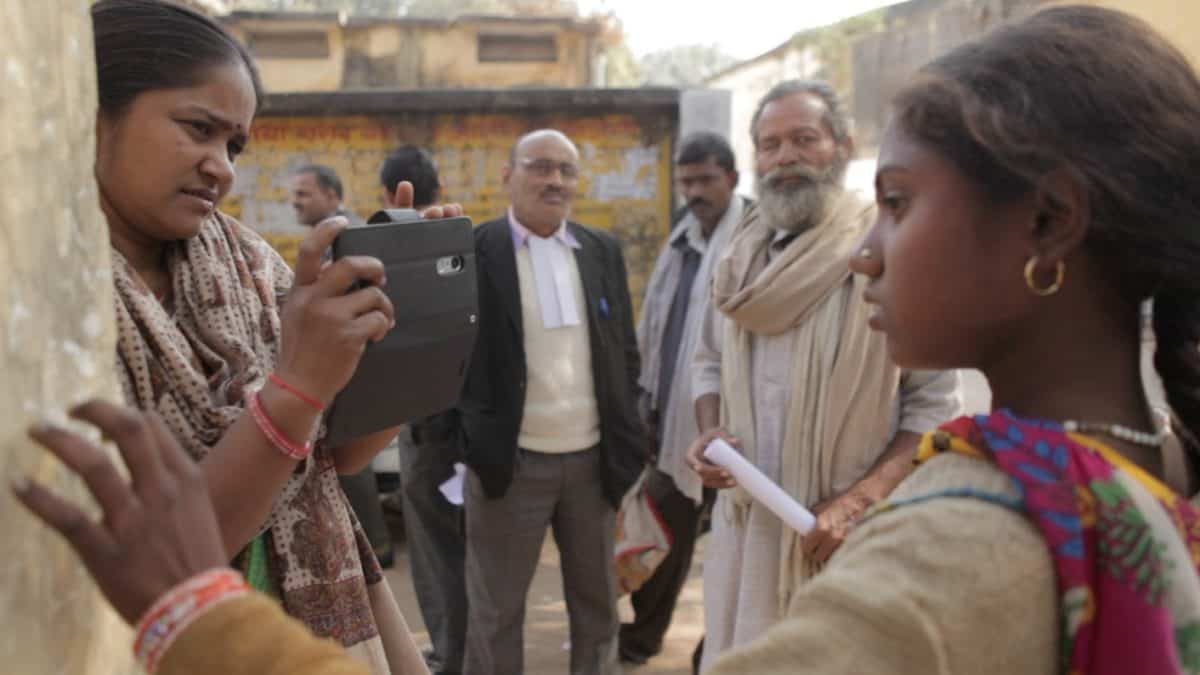
“Writing with Fire” is a truly great documentary that manages to present and analyze these women and their remarkable work, as much as India as a state, in a combination whose equal technical prowess results in a film that is also easy to watch despite the heaviness of its main themes. (Panos Kotzathanasis)
10. Ushiku (Thomas Ash, Japan)

While the overall aesthetics of “Ushiku” are very minimalist, the documentary does not fail to leave an impression with his viewer. The stories of the men along with the aforementioned images of their treatment or the daily routine, are quite disturbing as they uncover violence, maltreatment and hatred towards these men, who are not even regarded as human anymore. Additionally, their body language stresses the repercussions of these events, physically and mentally, as some of them are on the verge of depression, express suicidal thoughts and a state of exhaustion. (Rouven Linnarz)


